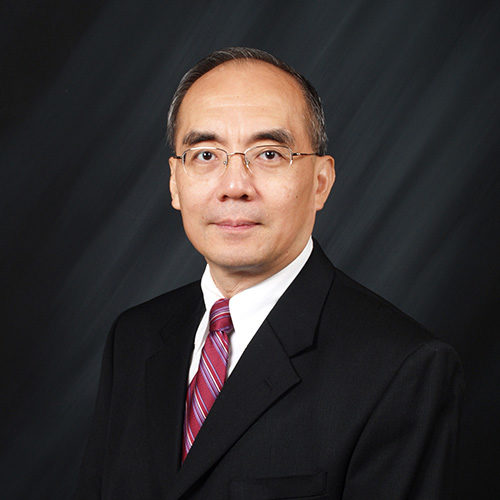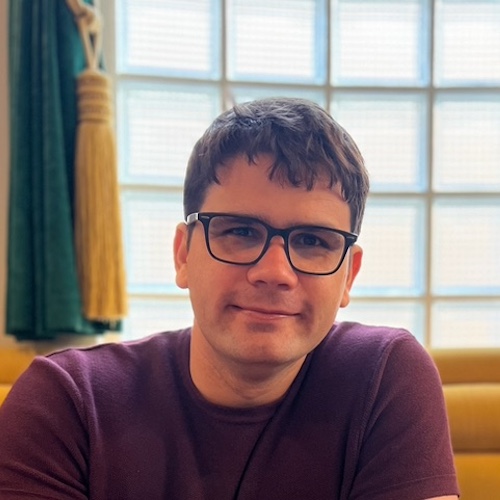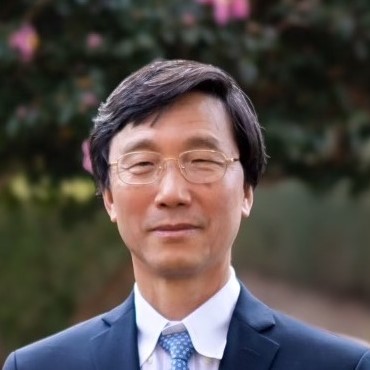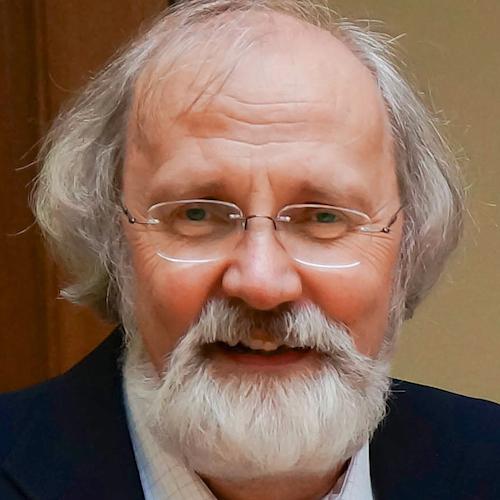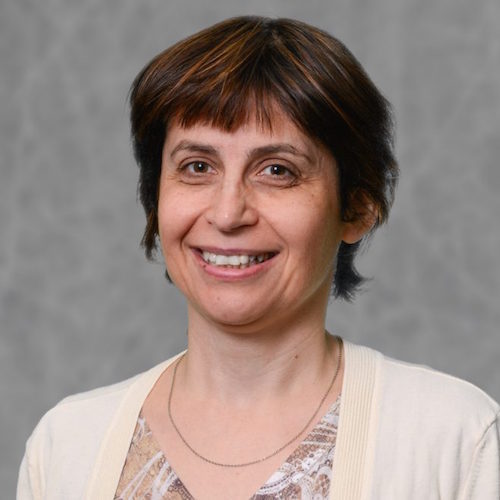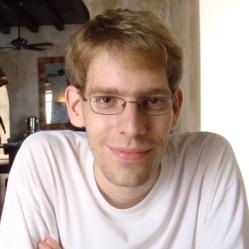People
Symbolic Computation
The discipline of symbolic computation includes computer algebra, hybrid symbolic-numeric computation, mathematical knowledge representation and the algebraic aspects of formal methods in computer science, such as rule-based theorem proving. Its goal is to “do mathematics by computer” (Stephen Wolfram), with, we would add, exact or validated answers. Trademarked symbolic computation algorithms are used for computation of a Gröbner basis, lattice basis reduction, polynomial factorization, closed-form summation and integration, and solution in Tarski’s theory of real geometry. Commercial symbolic computation packages (Wolfram’s Mathematica, Maple by Maplesoft, MuPAD inside Matlab) and academic software (Stein’s Sage platform and many smaller programs) today have millions of users.
Our group pursues the design and implementation of algorithms in symbolic computation. Members focus on such areas as exact linear algebra, sparse interpolation and signal processing, algorithms for problems from algebraic and real geometry and optimization, polynomial root finding and solution of polynomial systems, algebraic solution of difference and differential equations, validation of numerical results, fast certification of outputs from cloud servers, and applications of algebraic geometry in the sciences.
Group members maintain active collaborations inside the United States and in Austria, Canada, France, Spain and China, and they consult with software builders and users. They hold leadership roles in journals such as the Journal of Symbolic Computation, in conferences such as the annual International Symposium on Symbolic and Algebraic Computation, and in professional societies such as the Association for Computing Machinery’s Special Interest Group on Symbolic and Algebraic Manipulation and the Society for Industrial and Applied Mathematics’ Activity Group on Applied Algebraic Geometry.
